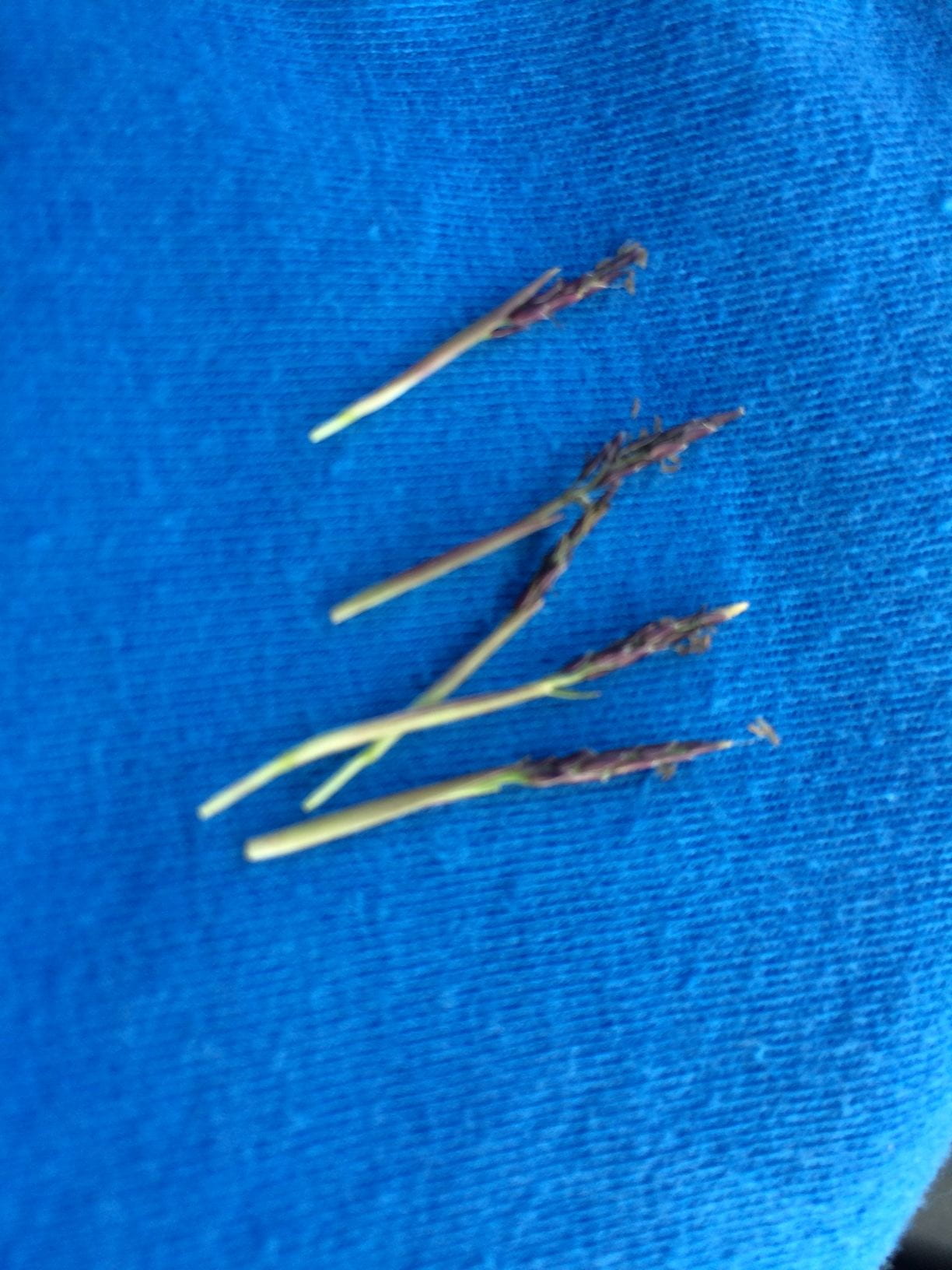The K-State Turf Team would like to give a heartfelt farewell, thank you, and best wishes to our friend and colleague Dr. Jared Hoyle.
As you saw in Jared’s recent message, he is leaving KSU to join Corteva Agriscience. We will miss Jared, but we are excited for him to pursue other opportunities. We are glad he’ll still be based in Manhattan, at least for now.
Jared joined KSU as an Assistant Professor and Extension Specialist in 2013. He was recently promoted to Associate Professor with tenure. He’s had an extremely productive academic record in both research and extension. Jared has been particularly active in social media, with more than 2,300 followers on Twitter and around 200 blog posts. He has created videos for KSRE, KSUTurf YouTube and other channels with more than 2,700 views. Jared has developed “flipped classroom” online resources to support the Extension Master Gardener Program. Jared also served a critical role as Director of the Rocky Ford Turfgrass Research Center in Manhattan. We will miss Jared as a KSU colleague, but we look forward to working with him in new ways.
Cheers and best wishes to Dr. Hoyle!
Sincerely,
The KSU Turf Team
Megan Kennelly, Jack Fry, Steve Keeley, Dale Bremer, Christy Dipman







